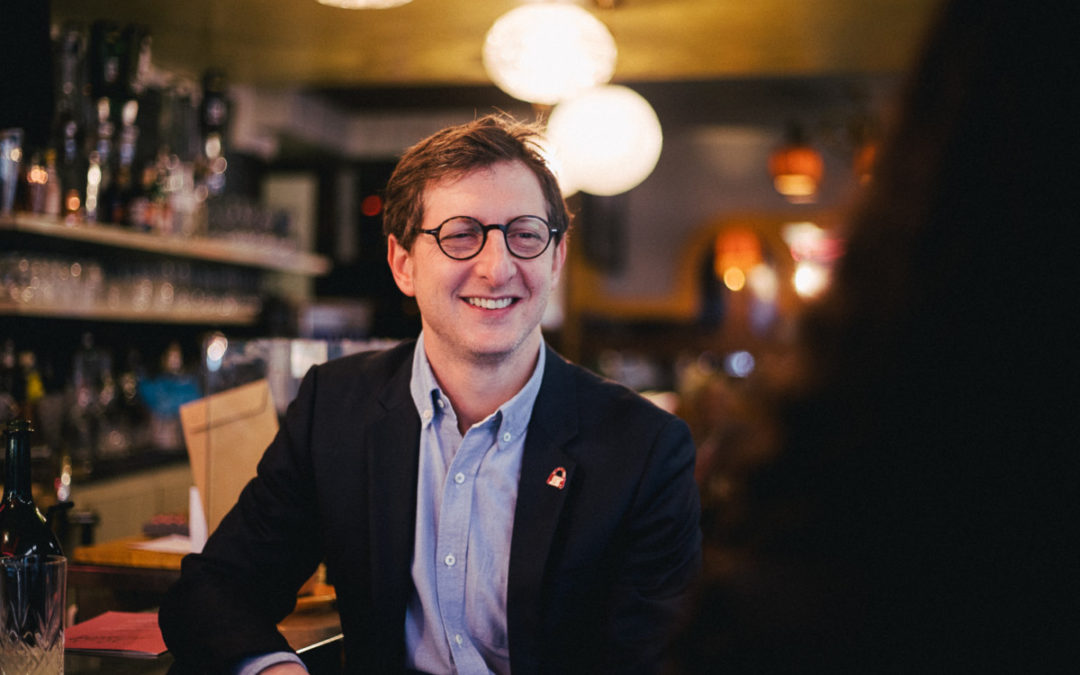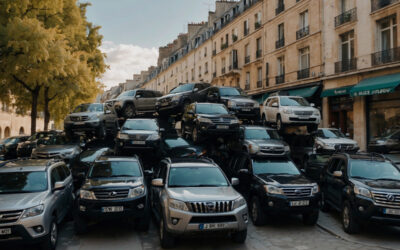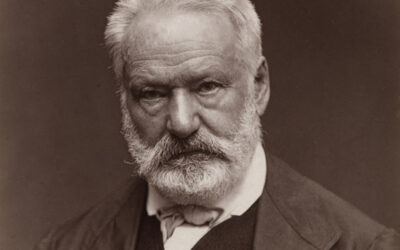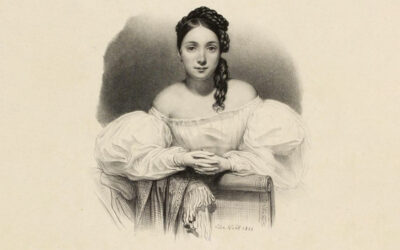Head of the list of Paris en Commun (Anne Hidalgo) for central Paris, Ariel Weil, forty-five years old, is an economist, specialist in financial crises and debt. District councilor since 2014, then mayor of the 2017th arrondissement since XNUMX, he was born in the Marais, where he lives and raises his children. We met him at the Café de la Perle.
What achievements are you most proud of during the previous term?
As soon as I took office in December 2017, I focused on issues related to public space. This was one of the priorities of my mandate. The recent redevelopment of Place du Bourg-Tibourg illustrates this desire to return unduly privatized space to the public. For more than ten years in fact, this charming place was occupied by closed counter-terraces, on floors, installed without any rights.
After carrying out several verbal campaigns, we brought together traders, town planning services and the architect of the buildings of France in order to achieve the removal of these structures in favor of a new consensual, regulatory and harmonious development.
We took an identical approach at Place du Marché Sainte-Catherine, with a decree forcing restaurateurs to comply with less intrusive rules for public spaces. This has just been signed.
This device will make it possible to use the terraces without obstructing the perspective towards the facades of this unique heritage ensemble, in accordance with the instructions of the architects of Bâtiments de France.
Another achievement: the Parvis des deuxhundred-sixante enfants. Initially, the entrance and exit from the Hospitalières-Saint-Gervais school was at number ten on the street of the same name. In order to protect the children at the school from traffic, a square was created and named the Parvis des deux-hundred-sixante enfants in memory of the two hundred and sixty Jewish boys and girls schooled in this public establishment who were deported during the war. . None of these innocent people returned from the concentration camps. Several other educational establishments now benefit from pedestrianized approaches.
What else ?
The “Children’s Street”, which was born from the participatory budget and therefore comes from the residents. At their request, we have dedicated one afternoon per week, on Friday, to children in a street in the district so that they can play in safety, under the supervision of their parents, babysitters, etc. This idea gave rise to “Rue’Golotte”, rue des Coutures-Saint-Gervais, in the XNUMXrd arrondissement. In the XNUMXth arrondissement, this takes place one Sunday morning per month, from spring to autumn, on the two hundred and sixty children's square.
Another example: in the immediate vicinity of the Cité internationale des arts which welcomes artists from all over the world in residence, the Jardin des Arts-Albert Schweitzer, with a surface area of 5000 m², is the new green lung of the district. It brings together three hitherto distinct plots.
This redeveloped, enlarged and reclaimed space is dedicated to rest with accessible lawns but also to walking with its wide tree-lined traffic lanes. It offers a play area for children and, in a few months, a theater for little ones.
What are your proposals for the Marais and Paris Centre?
First, extend 100% organic catering, cooked on site, to all schools thanks to new supply circuits and the construction of new kitchens. With a vegetarian option every lunchtime.
Then, organize a consultation with residents on the regulation of “Airbnb” type furnished tourist accommodation to define the number of authorized nights.
I also want to review the traffic plan and pedestrianize streets within peaceful and redeveloped blocks. Another thing: I intend to create two large green walks, one linking the green spaces of the Tuileries to the Morland bridge via the high quays, the other along the Quatre Septembre and Réaumur axes.
Finally, the day after the municipal elections, the buildings of the three “liberated” town halls (XNUMXst, XNUMXnd and XNUMXth arrondissements) will house new public services. For example, we are going to create a house of commitment and climate at the town hall of the XNUMXth arrondissement with the Volunteers of Paris, the Climate Academy, the Maison du vélo and a large associative and cultural center.
Isn’t pedestrianization a bad idea?
Paris Center should not be a shortcut for cars. However, the hyper-center is unbreathable, stressful and unsuitable for what the vast majority of Parisians practice: walking. So let's review the traffic plan, reduce through traffic and rethink our public spaces for the benefit of pedestrians, collective uses and the attractiveness of businesses.
Automobile traffic in Paris Center must be reserved for local residents, public transport, business deliveries, craftsmen, taxis and emergency services and limit traffic speed to 20 km/h. And also: set up an accessible electric shuttle to facilitate local travel, including in the Île de la Cité, Île Saint-Louis and to the old town halls.
Text: Katia Barillot
Photos: ©Anaïs Costet
11.03.20
NEWS, IT'S THIS WAY
Notre-Dame: dismantling of the scaffolding has begun
The gigantic repair project at Notre-Dame de Paris cathedral is coming to an end. The dismantling of the spire scaffolding has begun. It is visible again with, at its top, a rooster which sits in majesty. In ten months, visitors will be able to return to the places whose reopening is planned...
Vote on SUVs: The results in Paris-Centre
Paris voted against SUVs. But only 6% of residents went to the polls. Of the 1 Parisians registered, 374 took part in the ballot. With 532% of votes in favor, the majority expressed their desire to tax these behemoths of the Parisian streets.
For or against SUVs vote on February 4, 2024
In the debate on traffic in Paris, the question of SUVs gives rise to lively discussions. Some advocate a ban because of their environmental impact and their congestion in the city.
NOW ON THE MOOD MARSH
Victor Hugo, the writer with a thousand talents
Born in 1802, Victor Hugo became a social writer, a playwright, a poet, a novelist and a romantic designer. Nicknamed the man-ocean then the man-century, he is a political figure and a committed intellectual. He found success with Notre-Dame-de-Paris in 1831 and with Les Misérables in 1862.
The best tattoo parlors in Marais
Tattooing, an age-old practice, has long been the prerogative of convicts, dock workers, the underworld and sailors. Although it has become democratized, now affecting all profiles and concerning one in five French people, including 16% women compared to 10% men, it still remains taboo due to its definitive and transgressive nature.
Juliette Drouet actress, muse and mistress of Victor Hugo
At 14 rue Sainte-Anastase, from 1836 to 45 and at 12 from 1845 to 48, a few hundred meters from Place des Vosges, lived the muse and lover of Victor Hugo, Juliette Drouet née Julienne Gauvain.







